I know I was going to wait a few weeks to start this series, but I just couldn’t stand it. I needed a break from cleaning / repairing the house today, lest I go a bit crazy.
This is the first in a series of blog post I will be doing on Photography. As stated before I am no professional, but I’ve been doing this for a few years now and feel I can break this down to something even a point and shoot camera user can utilize.
There is a lot to photography. To become good at anything, it takes practice and knowledge. People often contact me asking what camera I use so they can take nice photographs just like me. It isn’t the camera, but how you use what you have. I can get nice photos from your phone. With a few simple techniques you can improve your photography by a factor of 10. The most important thing to me is how a photograph makes me feel. Without the emotional impact, the rest is irrelevant. How do you capture emotion? Well, first you do it with balance and flow.
The Rule of Thirds. What is it and why is it important? The Rule of Thirds states: An image is most pleasing when its subjects or regions are composed along imaginary lines which divide the image into thirds — both vertically and horizontally.
What does this mean? A picture is worth a thousand words so let me show you.
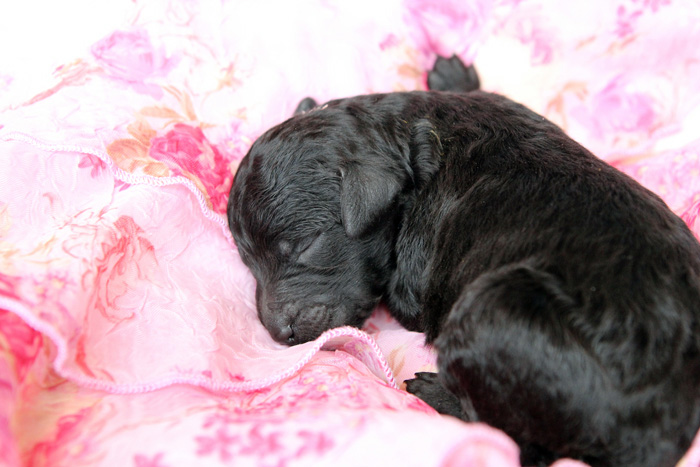 This photo does a lot of things right and why when you look at it you get warm fuzzies. It has good color, texture, changes in light (lighter in the upper left, darker in the lower right). It is balanced with a clear focal point that draws the eye. The puppies head is in crisp focus while the rest of the puppy is blurred out and doesn’t not draw the eye. This my friends is what photography is to me. Art
This photo does a lot of things right and why when you look at it you get warm fuzzies. It has good color, texture, changes in light (lighter in the upper left, darker in the lower right). It is balanced with a clear focal point that draws the eye. The puppies head is in crisp focus while the rest of the puppy is blurred out and doesn’t not draw the eye. This my friends is what photography is to me. Art
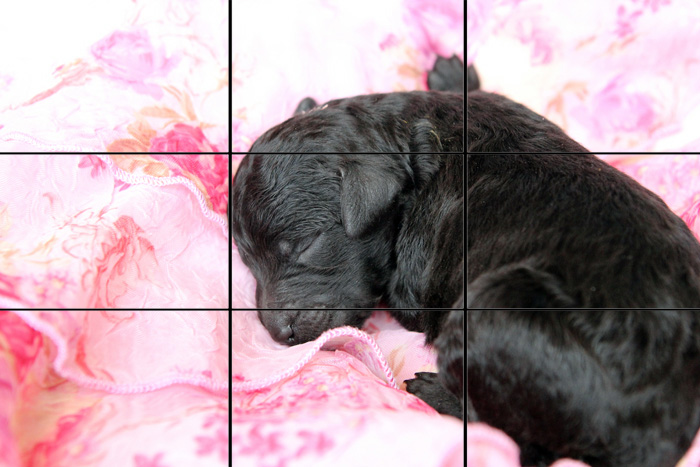
I’m going to be using this photo over and over to describe why you love this photo (because you DO love this photo, right?). For now, it will show the Rule of Thirds. I have placed a grid over this photo breaking it into 1/3 sections both vertically and horizontally. Take a minute to just look at the photo with the grid overlay. The vast majority of my photography has a center focus. I do this because my subjects are rarely abstract or story telling in nature. With portrait photography, which is what I typically do, it is easier to just stick to the middle. Now, how you frame the person/dog/cat/item is up to you, just remember to break the photo into third sections in your mind before you snap the shutter. If you get it close, you can use a photo editing program to make it perfect, but the closer you get it in the view finder, the less editing time you spend later. I hate editing, so I try to get it right in camera. Ok, back to the Rule of Thirds. If you look at the above photo, you will notice my subject matter (the puppy) takes up about 1/3 of the entire photo (or 3 of the squares). How the subject is arranged in the photo does not matter. They can be off to any side. When you cut the photo up as a grid, does the photo still work? Is there a clear top, middle, bottom? Left, center, right? If so, you will have an appealing photograph.
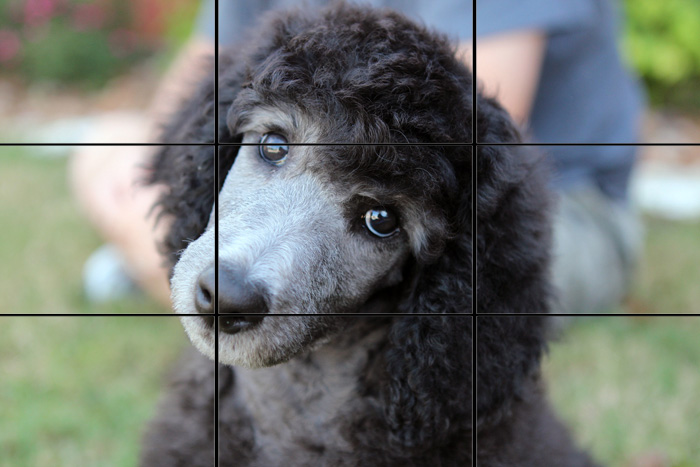 Here we have Mica. She is taking up the middle 1/3, with some overlap on the side that doesn’t detract from the photo. It is fairly balanced and that is what makes it appealing. Ideally, I would have been back just a hair, but it still works.
Here we have Mica. She is taking up the middle 1/3, with some overlap on the side that doesn’t detract from the photo. It is fairly balanced and that is what makes it appealing. Ideally, I would have been back just a hair, but it still works.
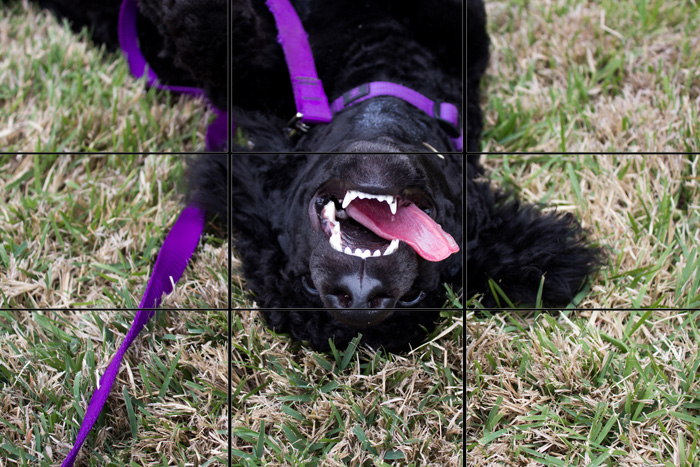
This photo of Cadence is also balanced, if you include the leash and ear, she is taking up about 3 full squares. Balanced and appealing. The leash/color add color and interest, as does those pretty white teeth and pink tongue! The grass is an interesting texture but does not distract from the subject. WIN!
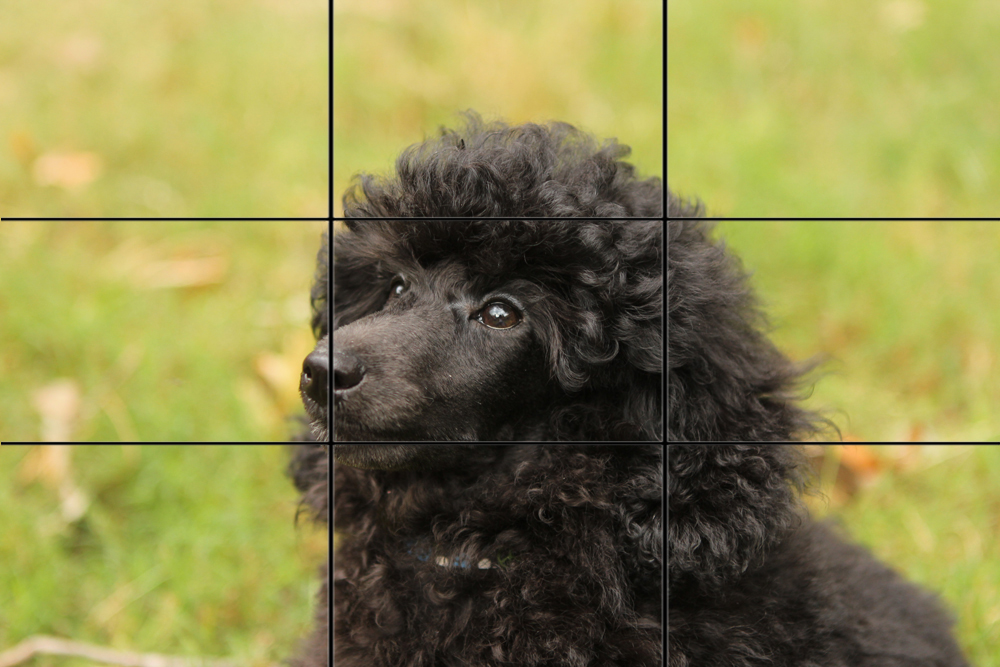
Lina is also taking up about 3 of the squares as well, meaning she is taking up 1/3 of the entire photo. Balanced.
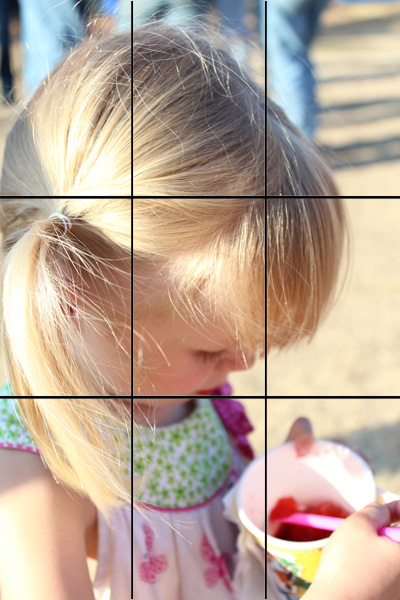
Here is a photo without a lot of background and the section that is in clear focus is the hair, not the face in the center. It is more abstract, yet still it feels balanced. Why? Because of how the photo is broken into 3 sections. The top with the pants and hair. The middle of face and hair. The bottom of dress, hand, cup. Break it up horizontally and it also works. There is clearly three sections to this photo both vertically and horizontally, so it works even if it isn’t a portrait. This photo tells a story so the subject can be blurry and still work. The light and texture of her hair is amazing, providing a focal point to draw you down into the rest of the story of a child eating shaved ice.
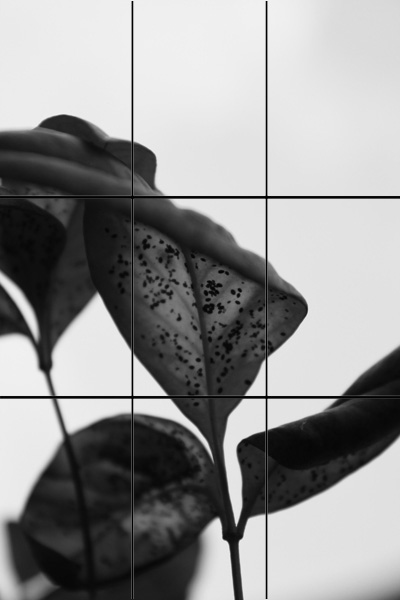
Here is an abstract I took of a bush. This photo works because it has an upper, middle, and lower portion, as well as a left, right, and center. Also note it has a light upper right corner and a darker lower left. Balance!
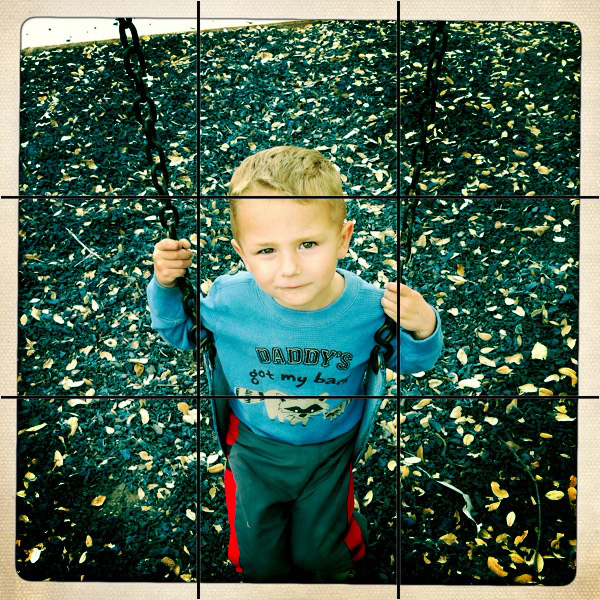
Least you think you need a high dollar camera to get some great shots, I took this photo I took on my Iphone 3.0 about 3 years ago and I added one of those little ‘borders’ from the little photo editing options to make it look old. In any case, what makes this work is how you can clearly break the photo into sections, into thirds from either direction.
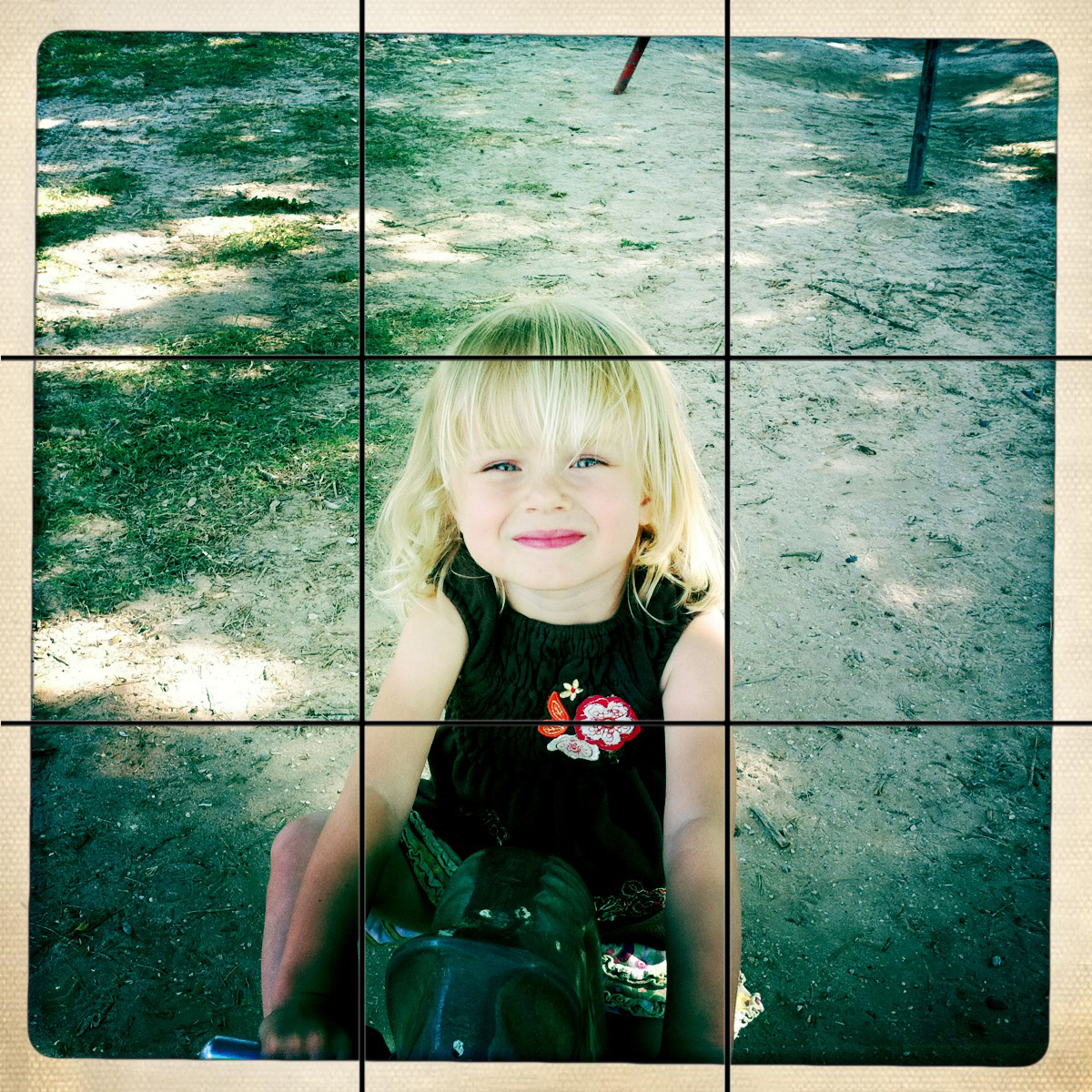
Again, this photo is balanced and was taken at the same time as the above photo. I want you to realize you can get great photos with your phone. What is the best camera? The one you always have with you, and for most people that is their phone. Use it to its full potential with the Rule of Thirds.
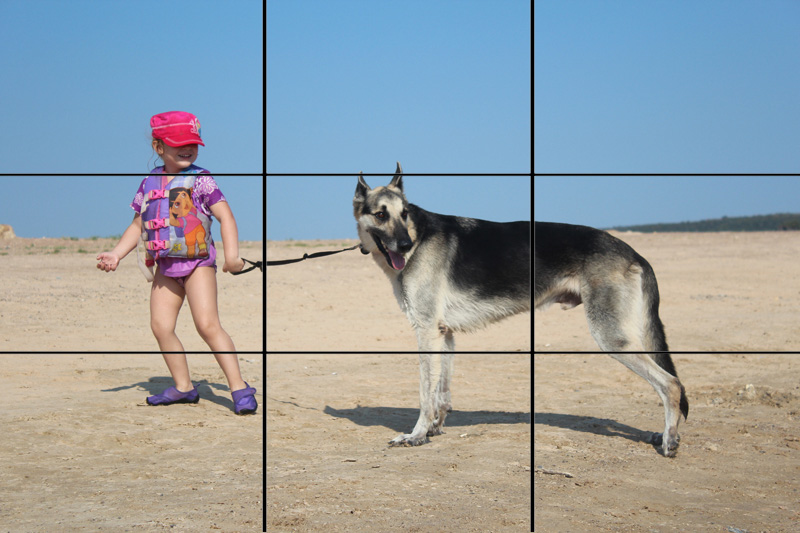
Here is a photo I took at a work picnic 3 years ago. This one shows how to frame ground to sky. I could have used a bit more ground, as having the skyline at exactly 1/3 is ideal, but this still works because it is darn close. If I cropped sky, the dogs head would have moved up out of the center box, messing up the balance of the photo.
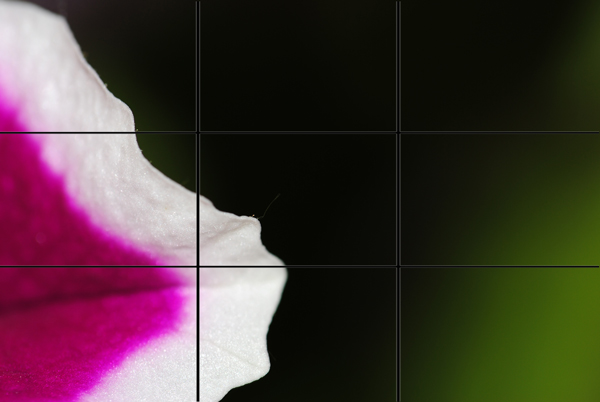
And lastly a pure abstract photo my nephew took a few years ago. This works because it follows the rules of thirds even though the subject is NOT in the center of the photo. The flower pedal takes up about 1/3 of the entire photograph. The color gradient on the right makes the photograph work by maintaining the balance. You have a clear left, center, and right.
Hopefully now you can see how the Rule of Thirds is useful. There are time to ignore the rule to achieve a specific look, but for anyone just starting out it gives you a quick way to remember how to frame your photographs. I encourage you all to do a search and read more on the subject, then get out there with whatever camera you have and start taking photos.
MORE READING ON PHOTOGRAPHY: Post 2: Getting down on their level. Post 3: Infant Puppy Photography
~Becky
